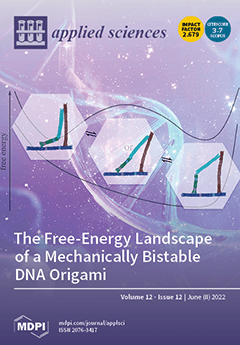On the basis of geochemical whole-rock and mineralogical point analyses, the concentrations of V and Co were determined in magnetite-ilmenite oxide ores, associated with sulphides, at the Krzemianka and Udryn deposits in the Mesoproterozoic Suwałki Anorthosite Massif (SAM) in NE Poland. EPMA analyses
[...] Read more.
On the basis of geochemical whole-rock and mineralogical point analyses, the concentrations of V and Co were determined in magnetite-ilmenite oxide ores, associated with sulphides, at the Krzemianka and Udryn deposits in the Mesoproterozoic Suwałki Anorthosite Massif (SAM) in NE Poland. EPMA analyses showed that the main carrier of vanadium was magnetite (mean = 0.42 wt%) and, to a lesser extent, ilmenite (mean = 0.14 wt%) and minor Al-spinels (mean = 0.04 wt%). In turn, cobalt was found mainly in the form of isomorphic substitutions in magmatic sulphides such as pentlandite (mean = 4.41 wt% Co), pyrrhotite (mean = 0.16 wt%), and chalcopyrite (mean = 0.11 wt%). Moreover, Co-enrichments were also recognized in the secondary sulphides, such as pyrite and bravoite, replacing pyrrhotite (means = 1.6 and 2.7 wt% Co, respectively), and in the form of different thiospinels (
(Fe, Ni) (Co, Ni)2S4), mainly siegenite (mean = 22.0 wt% Co), replacing pyrrhotite and pentlandite. Vanadium cations were substituted in Fe, Ti oxide minerals in place of Fe
+3 cations, and in the case of cobalt, Fe
+2 cations were substituted in sulphides and thiospinels. Vanadium and cobalt showed high Person’s correlation coefficients (
r = 0.70), indicating their close spatial coexistence and a common source, which was parental anorthosite-norite magma of the SAM suites. The common magma genesis of magnetite-ilmenite and sulphide mineralization was also confirmed by the very similar shapes of the curves of REE content in the oxide-sulphide ores in relation to chondrite, in which negative Eu anomalies and positive Sm anomalies are clearly visible. Although the average contents of vanadium and cobalt were low (arithmetic means = 960 ppm, and 122 ppm, respectively), the resources of these metals were estimated to be large due to the enormous reserves of magnetite-ilmenite ores hosted by the SAM. However, the Fe-Ti-V ores associated with Fe, Ni, Co, and Cu sulphides were considered to be sub-economic because of their depth of occurrence (mainly 1.0 km below the surface level); their metal contents, which were usually too low; and additionally the fact that the location is in a highly environmentally protected landscape and lake area.
Full article





